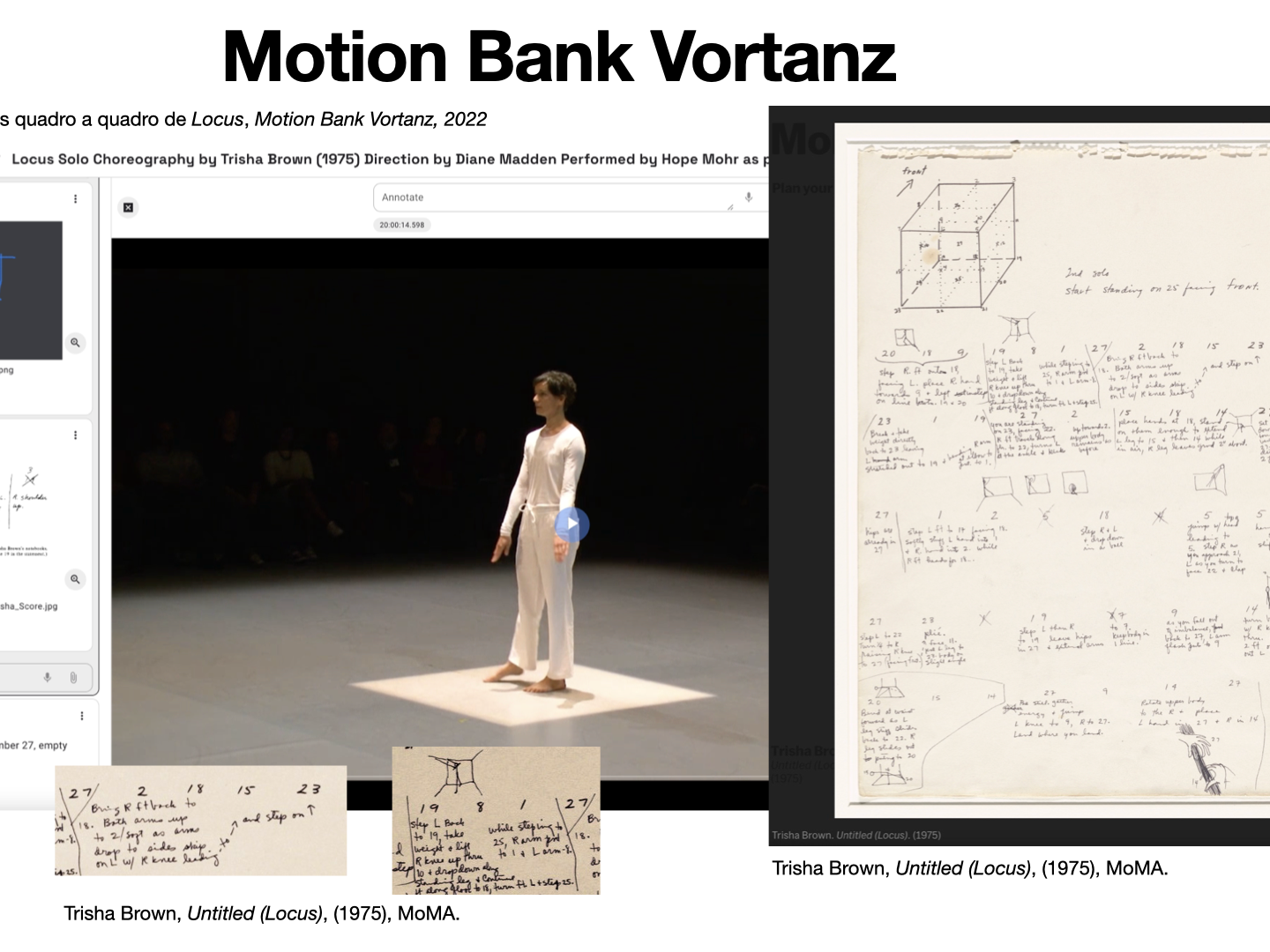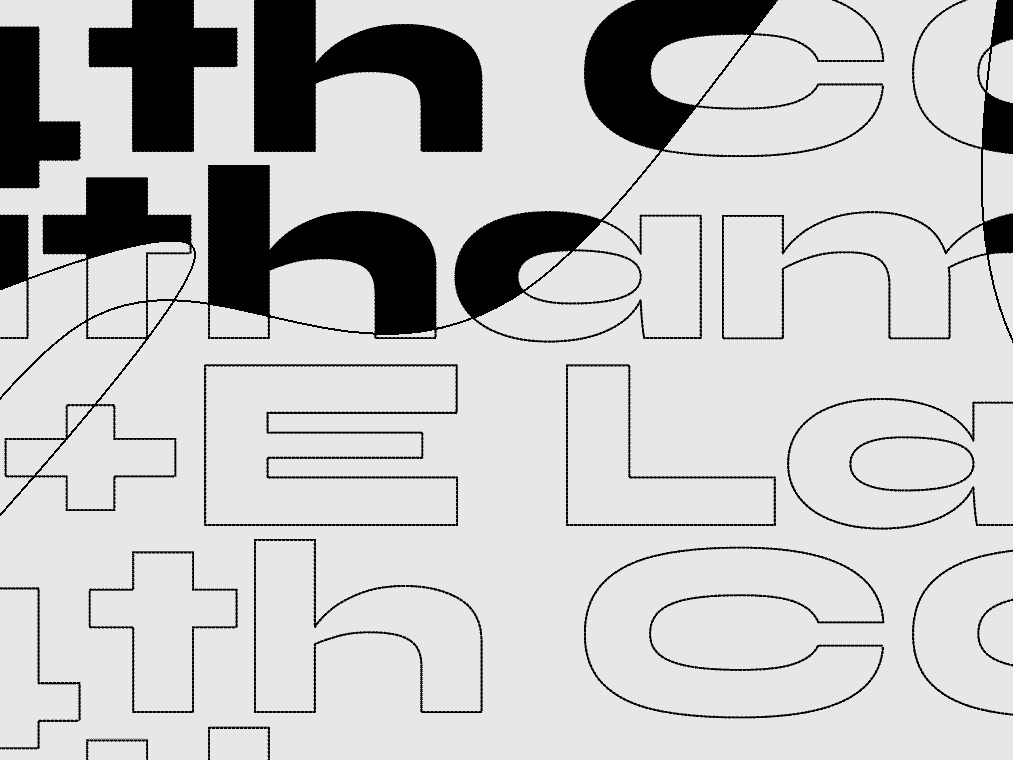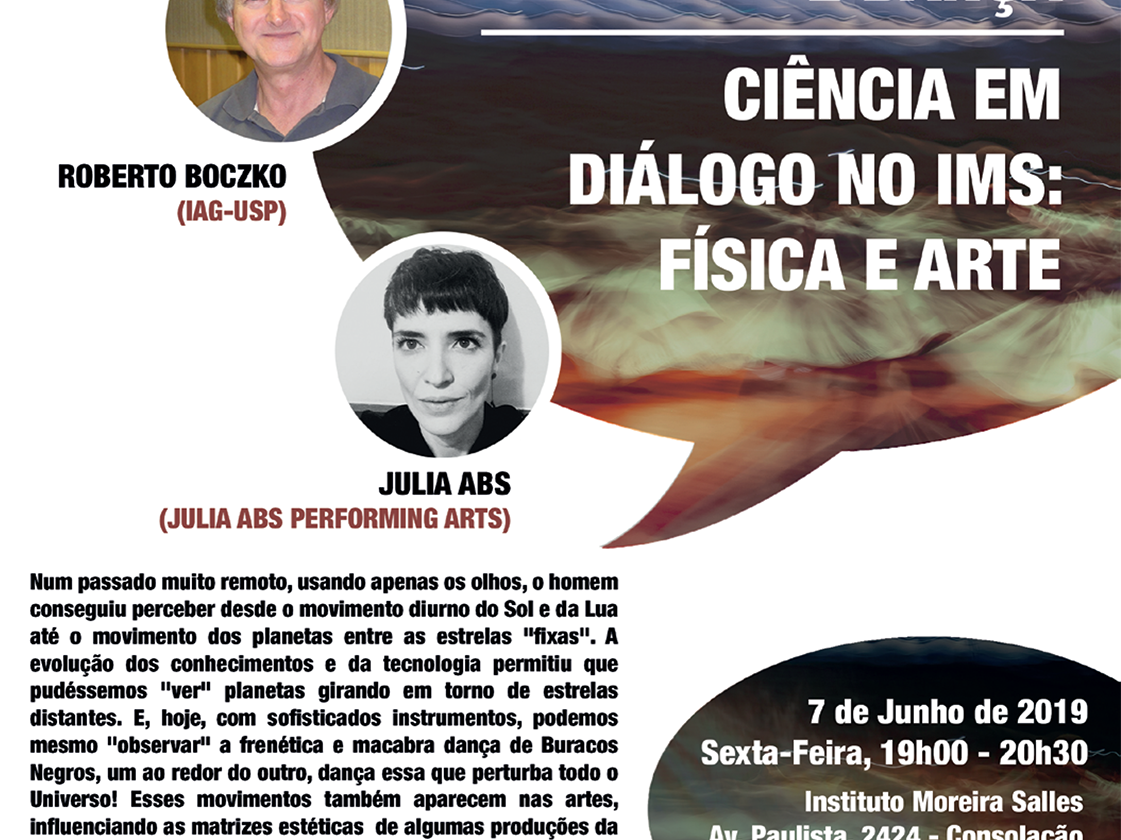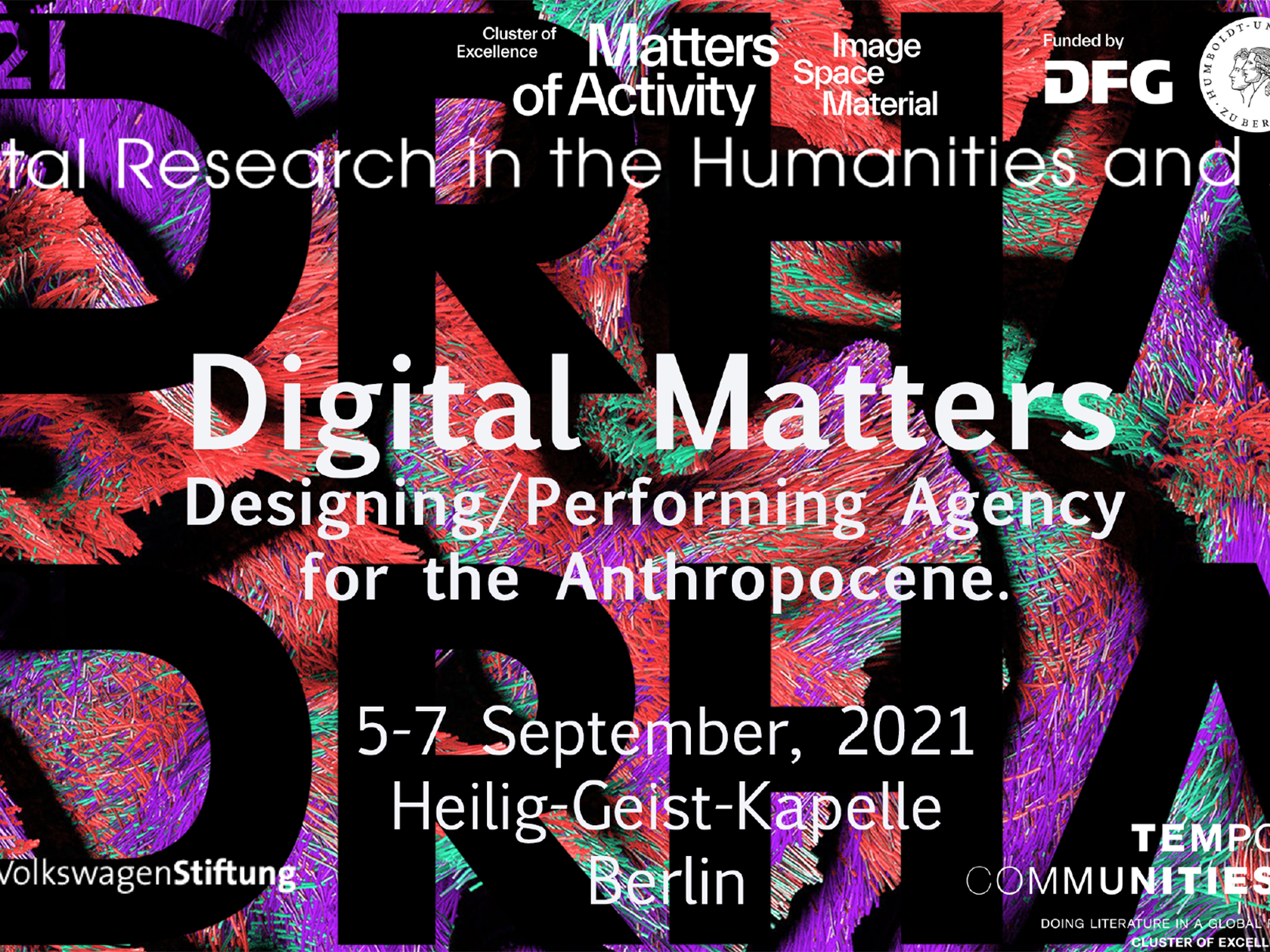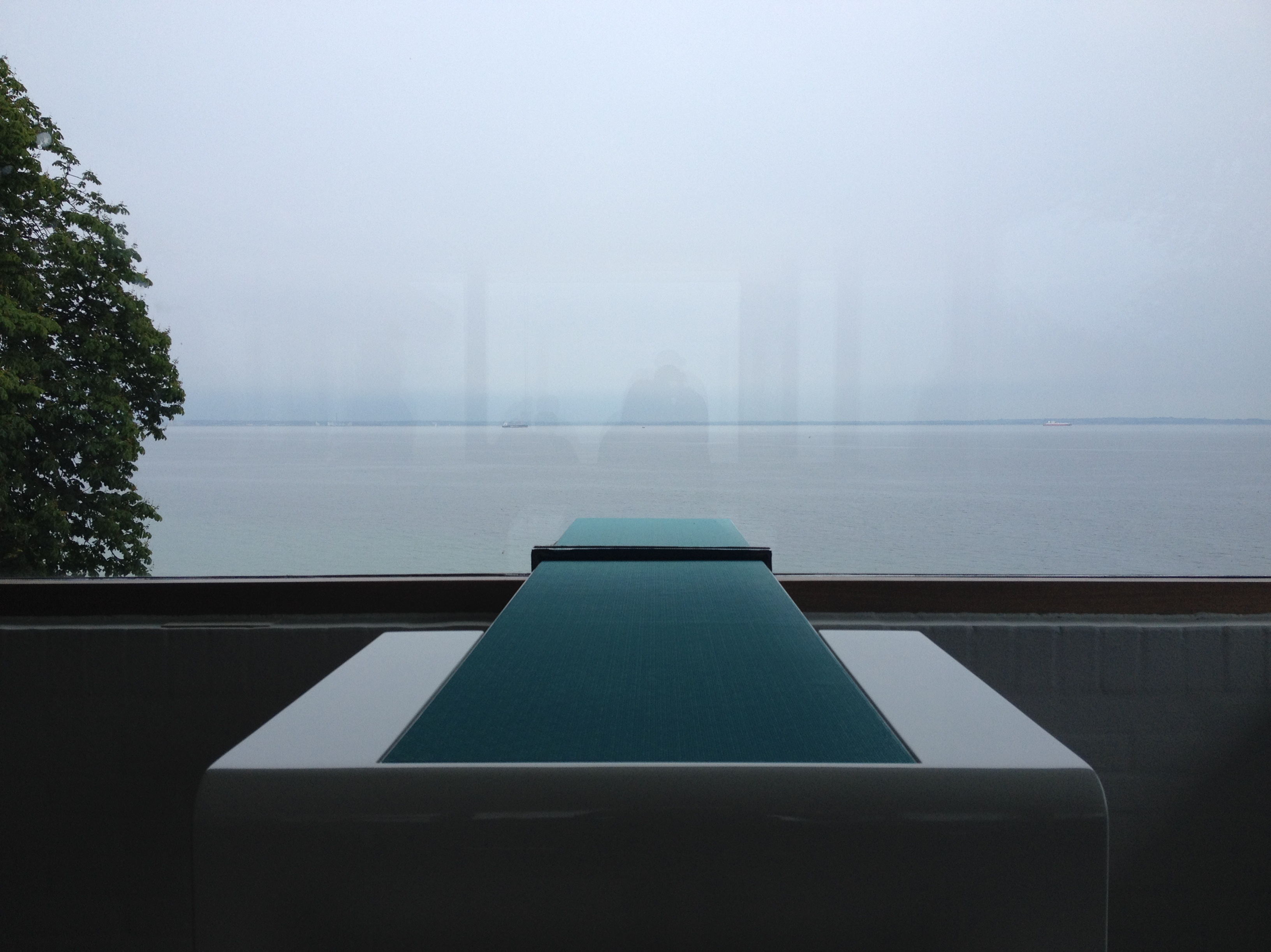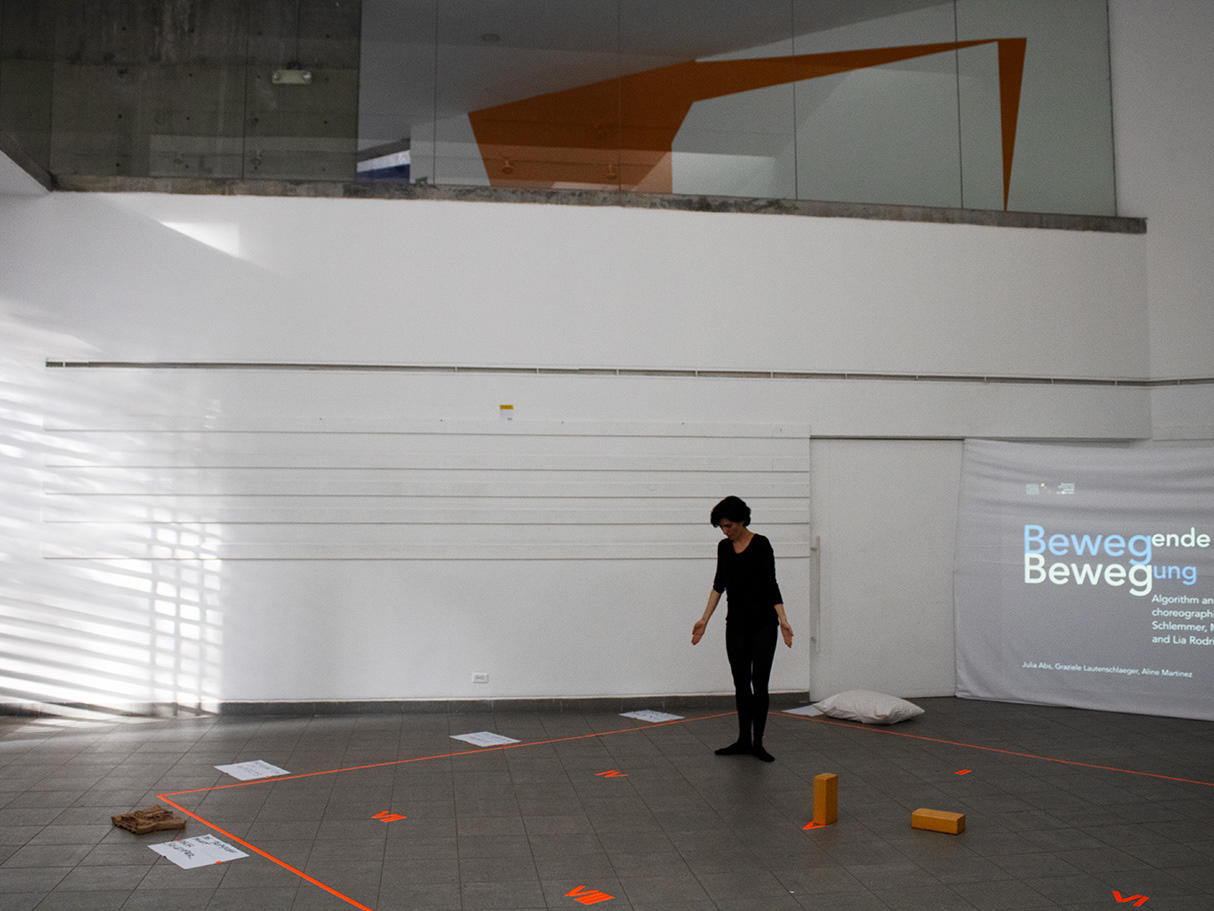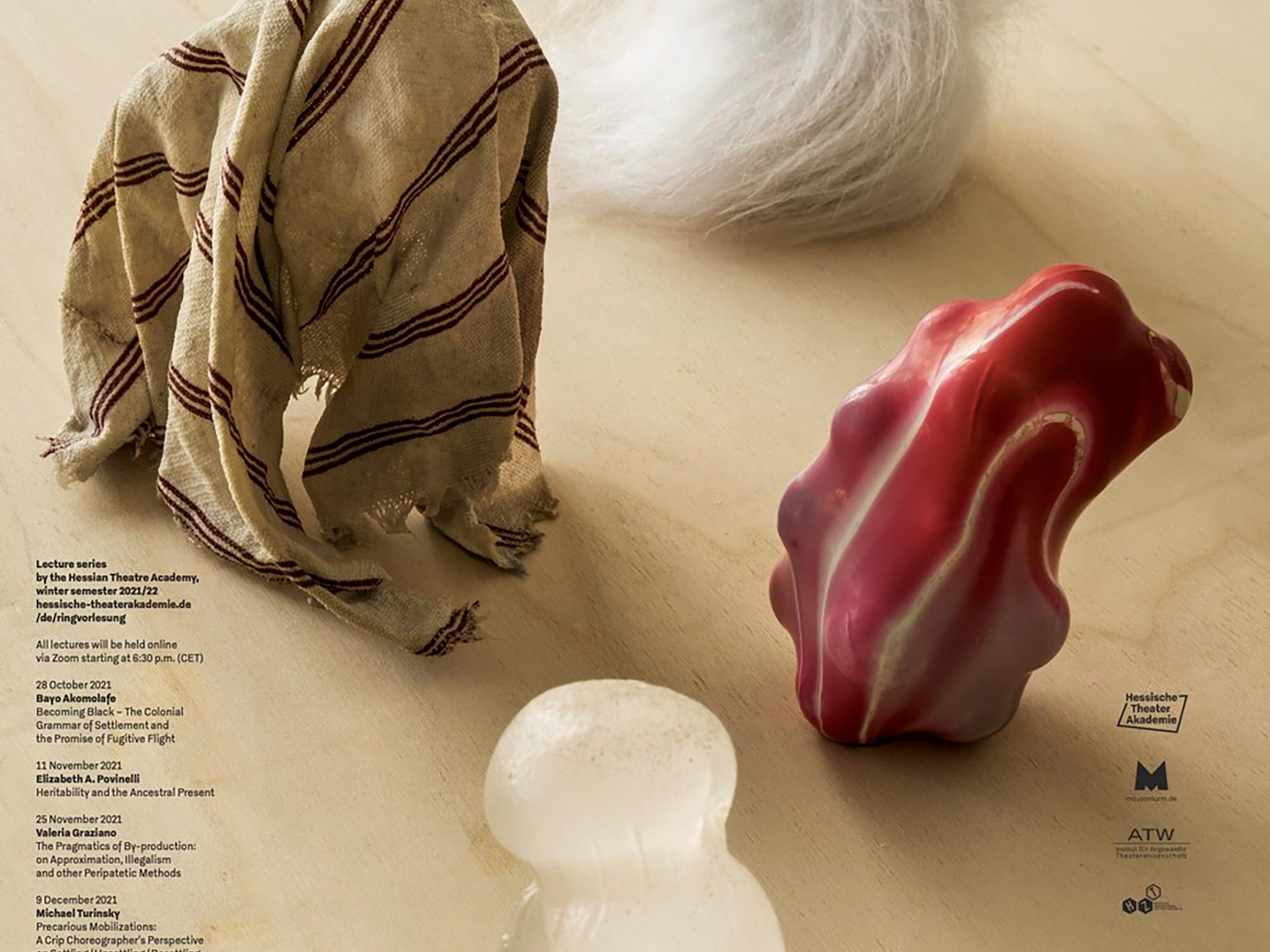Conferência Internacional
CREATIVE INTERACTIONS 2022
Aprendizagem criativa, ensino criativo e ensino para a criatividade em grupo na educação musical
Quinta-feira, 26 – Sexta-feira, 27 de maio de 2022
Universidade de Música e Artes Cênicas de Munique, Alemanha
Comissão Organizadora: Andrea Sangiorgio, Wolfgang Mastnak, Christa Coogan, Claudia Schmidtpeter
A conferência Creative Interactions 2022 reunirá pesquisadores, professores e estudantes para refletir, compartilhar e celebrar ideias valiosas sobre como podemos promover a criatividade dos jovens dentro e por meio da música e das artes. Uma variedade rica de apresentações e oficinas práticas se concentrará em três aspectos fundamentais:
a) a agência criativa e a identidade dos aprendizes,
b) a própria criatividade dos educadores ao desenvolver abordagens imaginativas para tornar o aprendizado mais significativo, e
c) estratégias pedagógicas que apoiem o desenvolvimento de habilidades criativas colaborativas na música e nas artes.
b) a própria criatividade dos educadores ao desenvolver abordagens imaginativas para tornar o aprendizado mais significativo, e
c) estratégias pedagógicas que apoiem o desenvolvimento de habilidades criativas colaborativas na música e nas artes.
*English bellow
Artigo de Pesquisa
Scores: working, re-working, interpreting, re-interpreting
Julia Abs
Institut für Angewandte Theaterwissenschaft da Justus-Liebig Universität, Gießen, Alemanha
Palavras-chave: partituras, coreografia, música, interdisciplinaridade, processo criativo
Institut für Angewandte Theaterwissenschaft da Justus-Liebig Universität, Gießen, Alemanha
Palavras-chave: partituras, coreografia, música, interdisciplinaridade, processo criativo
Na primeira parte deste artigo, apresento a pergunta: “Por que trabalhar criativamente com partituras?”, seguida por uma exposição histórica de algumas práticas e reflexões sobre partituras em processos criativos que tiveram início na década de 1960 nos Estados Unidos. A apropriação, por coreógrafos e dançarinos norte-americanos, das práticas com partituras (tradicionalmente pertencentes aos músicos) teve suas origens em dois workshops icônicos: os workshops de Anna Halprin no deque de sua casa na Califórnia (1954) e o workshop de Robert Dunn no estúdio de Cunningham em Nova York (1960-1962). Uma nova geração de artistas norte-americanos surgiu desses dois ambientes criativos e educacionais, uma geração que mudou radicalmente a cena artística da época. Entre eles estava o Judson Dance Theater, um grupo de dançarinos influenciado pelo pensamento, pelo ensino e pelas partituras musicais de John Cage.
Na segunda parte, exponho algumas reflexões sobre as partituras e seu funcionamento como forma de anotação — comum tanto à dança quanto à música — e como ferramenta para conceituar certo tipo de criação artística. Destaco algumas obras nas áreas da música e da dança contemporâneas, a fim de compreender as partituras (gráficos, diagramas, desenhos, roteiros ou textos) como uma estratégia que abre espaço para a ação criativa, ao mesmo tempo em que fornece uma estrutura para que performers, intérpretes, compositores e coreógrafos possam ler, ativar e criar uma versão original por meio de sua interpretação individual. A partitura é, portanto, tanto um procedimento de documentação quanto uma estrutura flexível que permite uma reelaboração ou reinterpretação criativa.
Na última parte, apresento minha abordagem das partituras como uma metodologia de pesquisa em andamento, a partir das minhas reinterpretações de quatro coreografias minimalistas: Trio A (Yvonne Rainer, 1966), Locus (Trisha Brown, 1975), Calico Mingling (Lucinda Childs, 1973) e No Time to Fly (Deborah Hay, 2010), e os entrelaçamentos com as Artes Visuais norte-americanas e brasileiras.
International conference
CREATIVE INTERACTIONS 2022
Creative learning, creative teaching, and teaching for group creativity in music education
Thursday 26th – Friday 27th May 2022
University of Music and Performing Arts, Munich, Germany
Organising Committee: Andrea Sangiorgio, Wolfgang Mastnak, Christa Coogan, Claudia Schmidtpeter
The conference Creative Interactions 2022 will gather together researchers, teachers and students to reflect on, share and celebrate valuable ideas about how we can foster young people’s creativity in and through music and the arts. A rich range of presentations and practical workshops will focus on three basic aspects:
a) learners’ creative agency and identity,
b) educators’ own creativity in devising imaginative approaches to make learning more meaningful, and
c) pedagogic strategies that support the development of collaborative creative abilities in music and the arts.
In the first part of this paper, I present the question “Why to work creatively with scores?”, following it by an historical exposition of some practices and thinking about scores in creative processes that had started in the 1960s in the U.S.A. The appropriation, by American choreographers and dancers of practices with scores (traditionally held by musicians), had its origins in two iconic workshops: Anna Halprin’s workshops in her house’s deck in California (1954), and Robert’s Dunn workshop in Cunningham’s studio in New York (1960-1962). A new generation of American artists was born from these two educational creative environments, one that changed radically the art scene of that time. Among them was the Judson Dance Theater, a group of dancers that in turn were influenced by the thought, teaching and score music of John Cage.
In the second part, I am exposing some thoughts about scores, and its functioning as a form of annotation - common to both dance and music -, and as a tool to conceptualise certain kind of art creation. I highlight some art works in contemporary music and dance, to understand scores (graphics, diagrams, drawings, scripts or texts) as a strategy that open space for creative action, while, at the same time, they provide structure to performers, interpreters, composers, and choreographers to read, activate, and create an original version by means of each individual interpretation. The score is therefore both a documentation procedure and a flexible structure that allows for a creative reworking or re-interpretation.
In the last part, I present my approach to scores as an ongoing research methodology taking my re-enactments of four minimalist choreographies: Trio A (Yvonne Rainer, 1966), Locus (Trisha Brown, 1975) Calico Mingling (Lucinda Childs, 1973), and No Time to Fly (Deborah Hey, 2010), and the entanglements with American and Brazilian Visual Arts.
